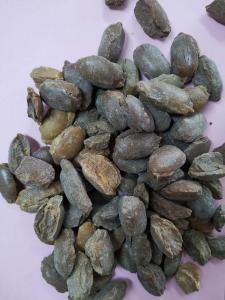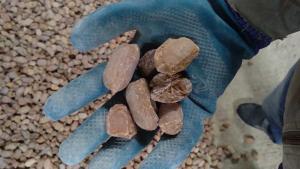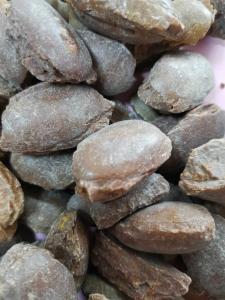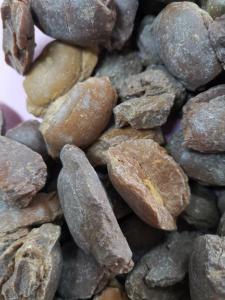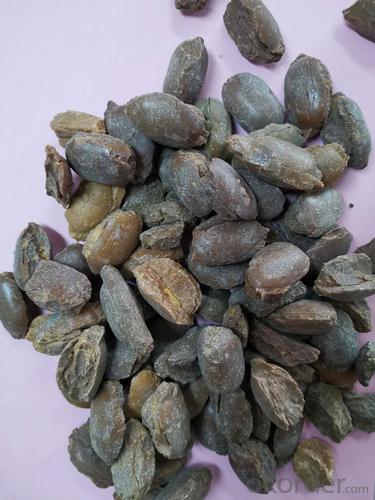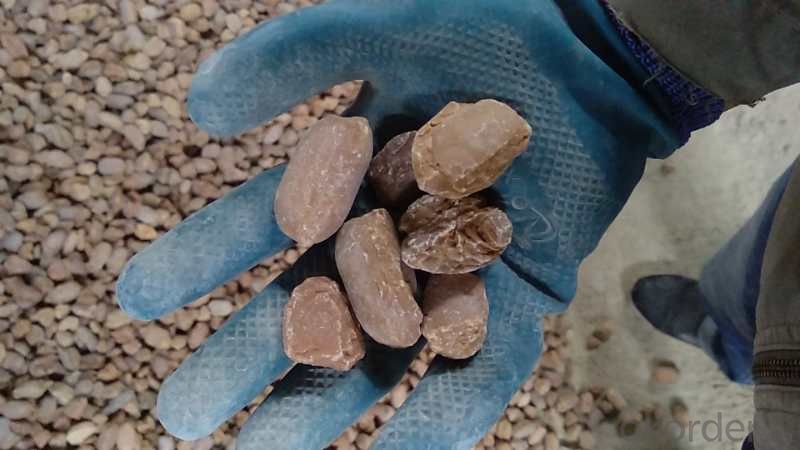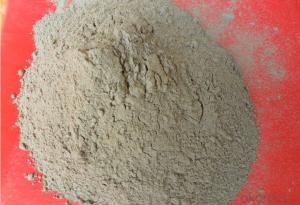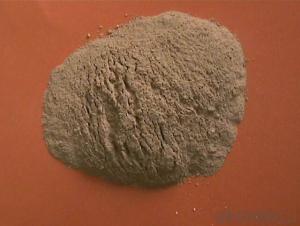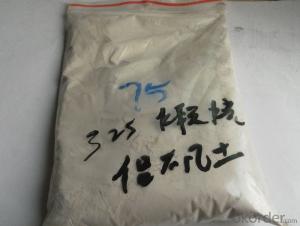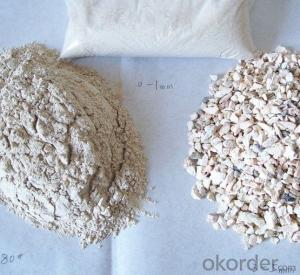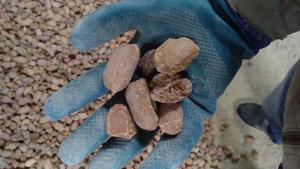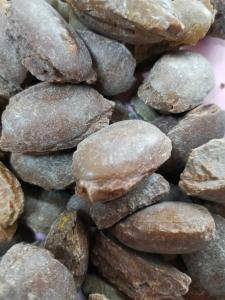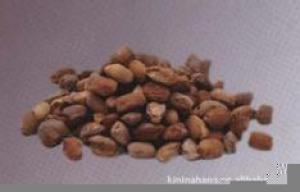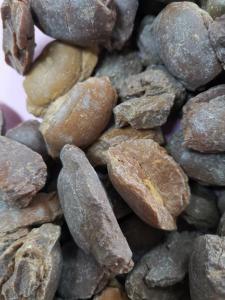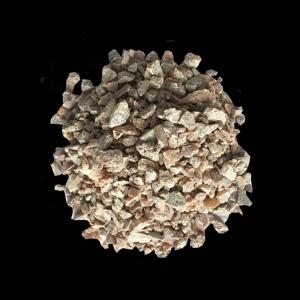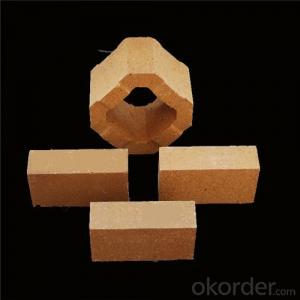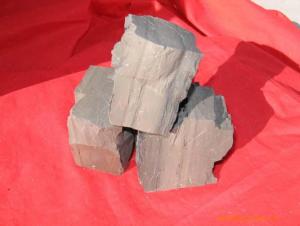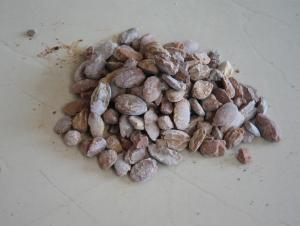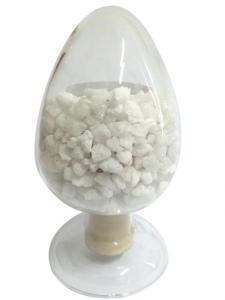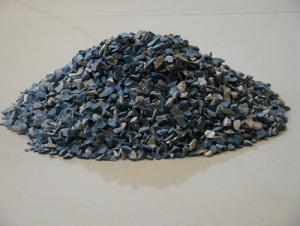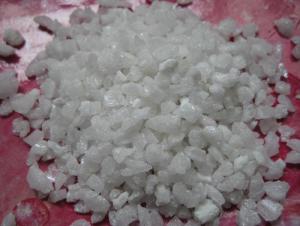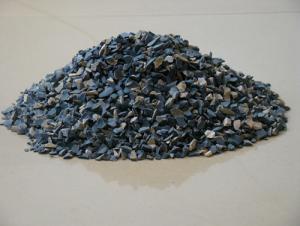Dead Sintered Magnesite High Grade for Refractory Bricks
- Loading Port:
- China main port
- Payment Terms:
- TT or LC
- Min Order Qty:
- 25 m.t.
- Supply Capability:
- 1000 m.t./month
OKorder Service Pledge
OKorder Financial Service
You Might Also Like
Product Description
Quick Details
Place of Origin: Liaoning, China
Application: Refractory
Shape: Granule, Powder
Material: Magnesite
Chemical Composition: Mgo
Mgo:90%-97%
Product name: DBM
Payments terms: 1. 100% L/C at sight 2. 30% T/T prepayment, balance against BL copy
Delivery Time: Within 30 days after receiving L/C or 30% T/T prepayment
Usage: Metallurgy, Foundry, Abrasive, Refractory, Deoxidizer
Advantage: Timely Shipment, High quality, Good performance
Packing: 1mt/bag or as customers' requirements
Size: 0-30mm etc
Sample supply: free sample
Color: Yello
MOQ: 25Mt
Supply Ability
Supply Ability:1000 Metric Ton/Metric Tons per Month
Plant photos:
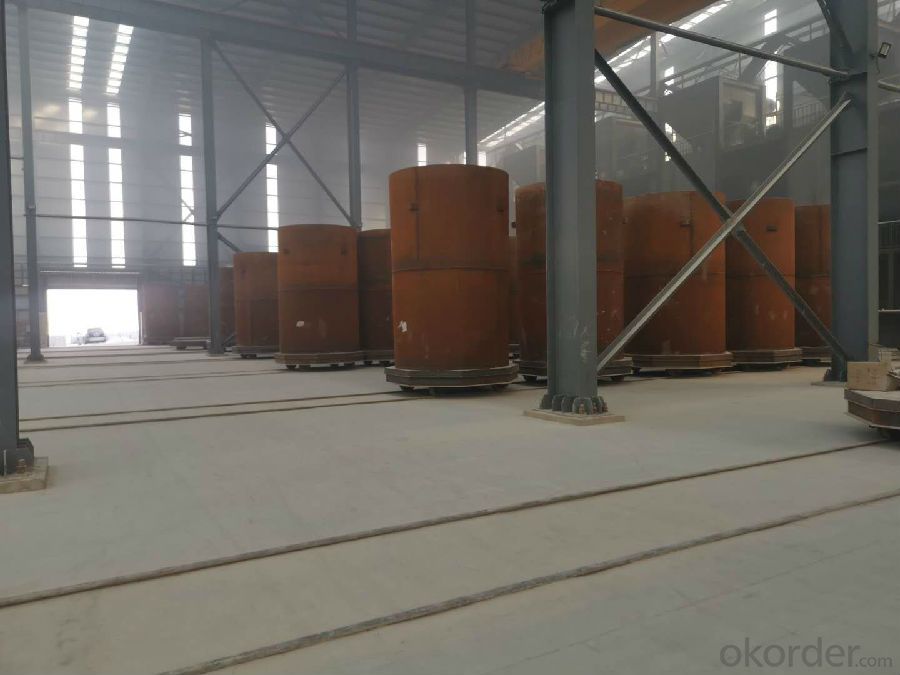
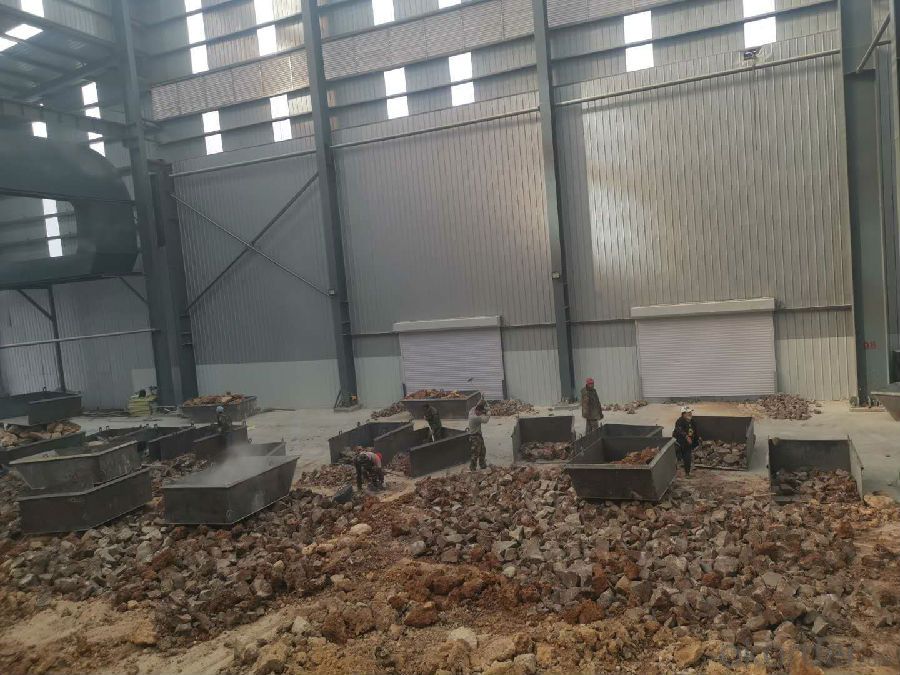
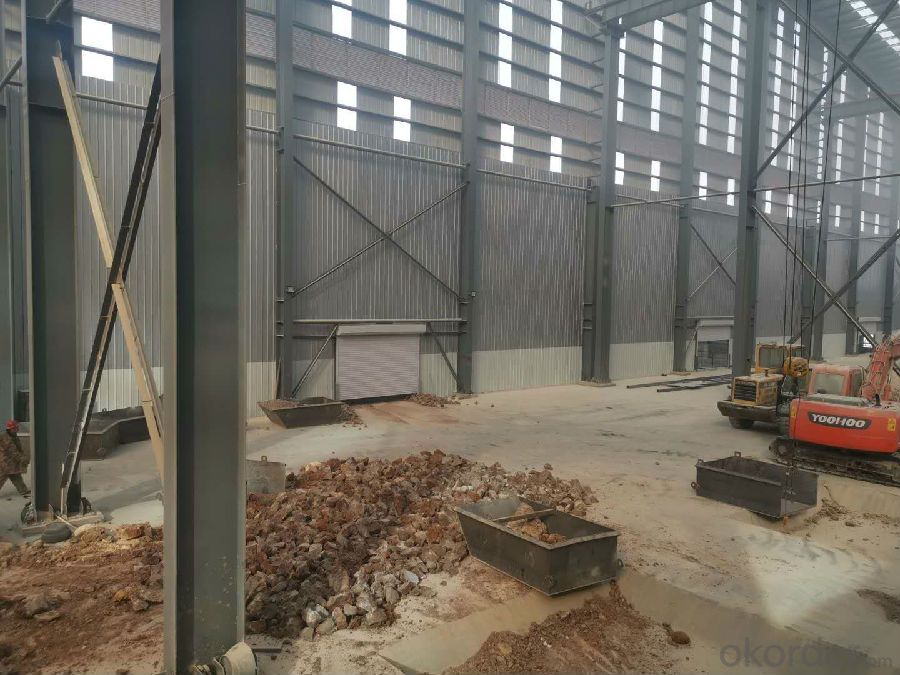
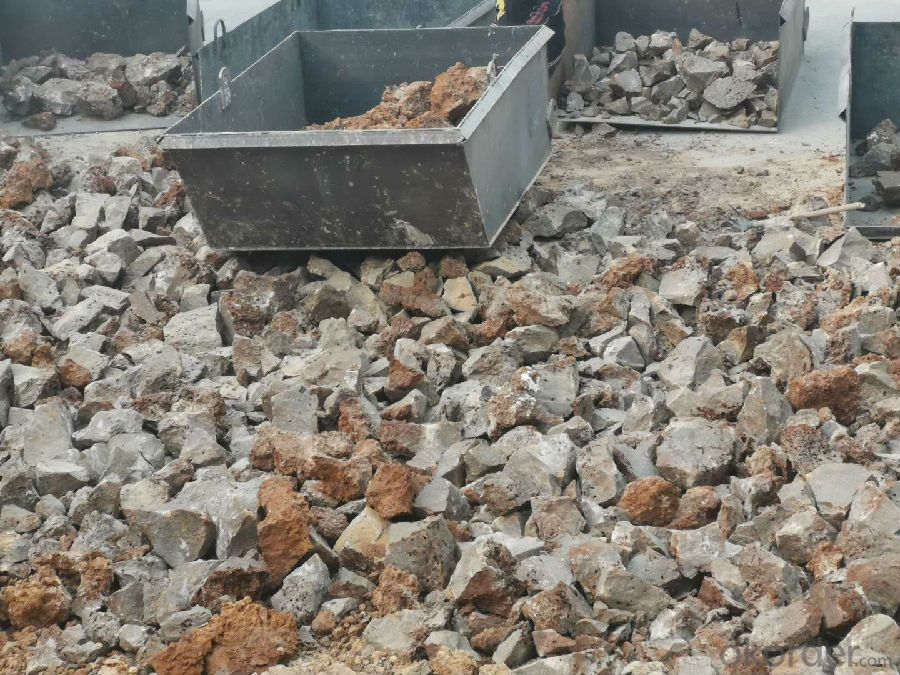
Packaging & Delivery
Packaging Details1MT/bag or as customers' requirements.
Port Main port of China
Loading:
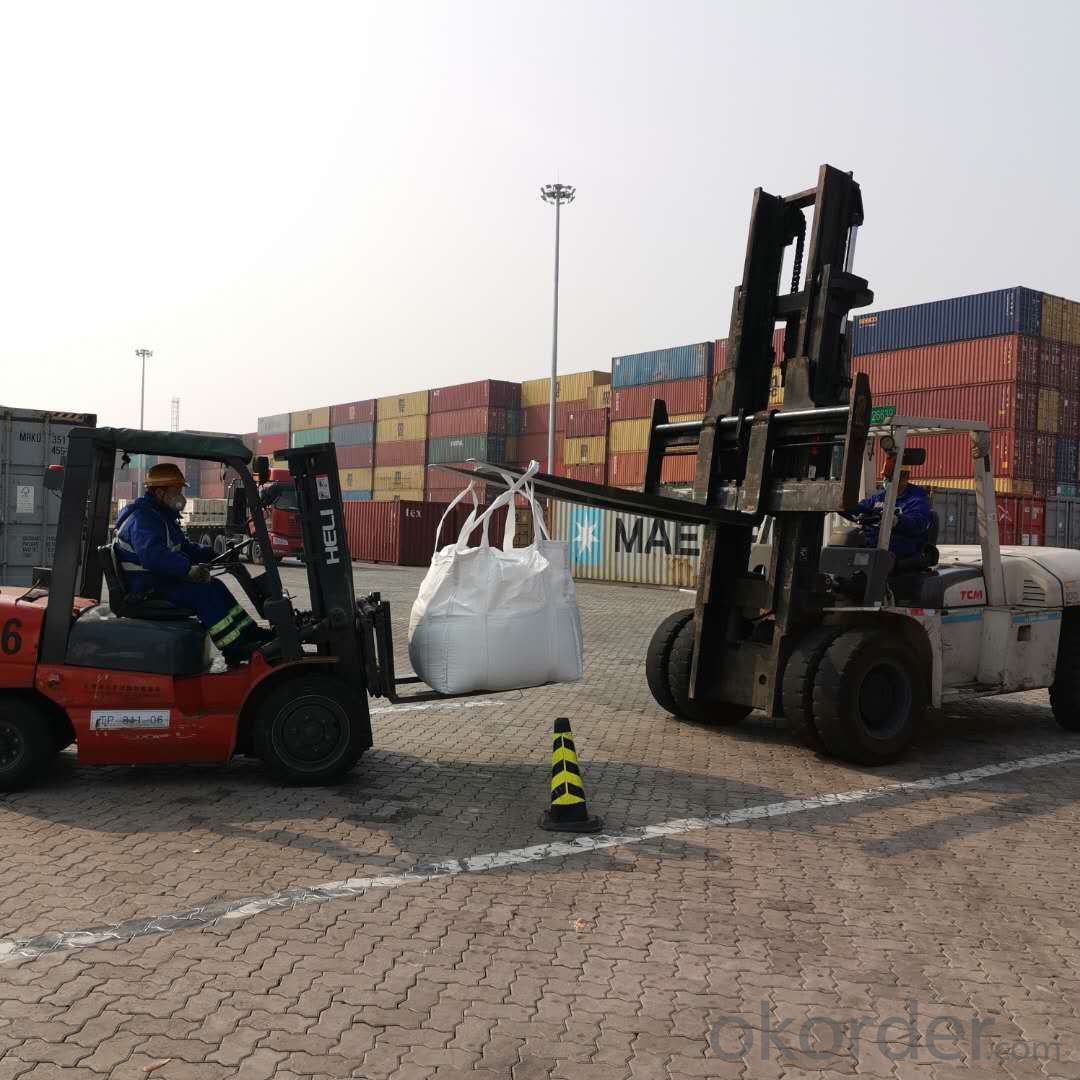
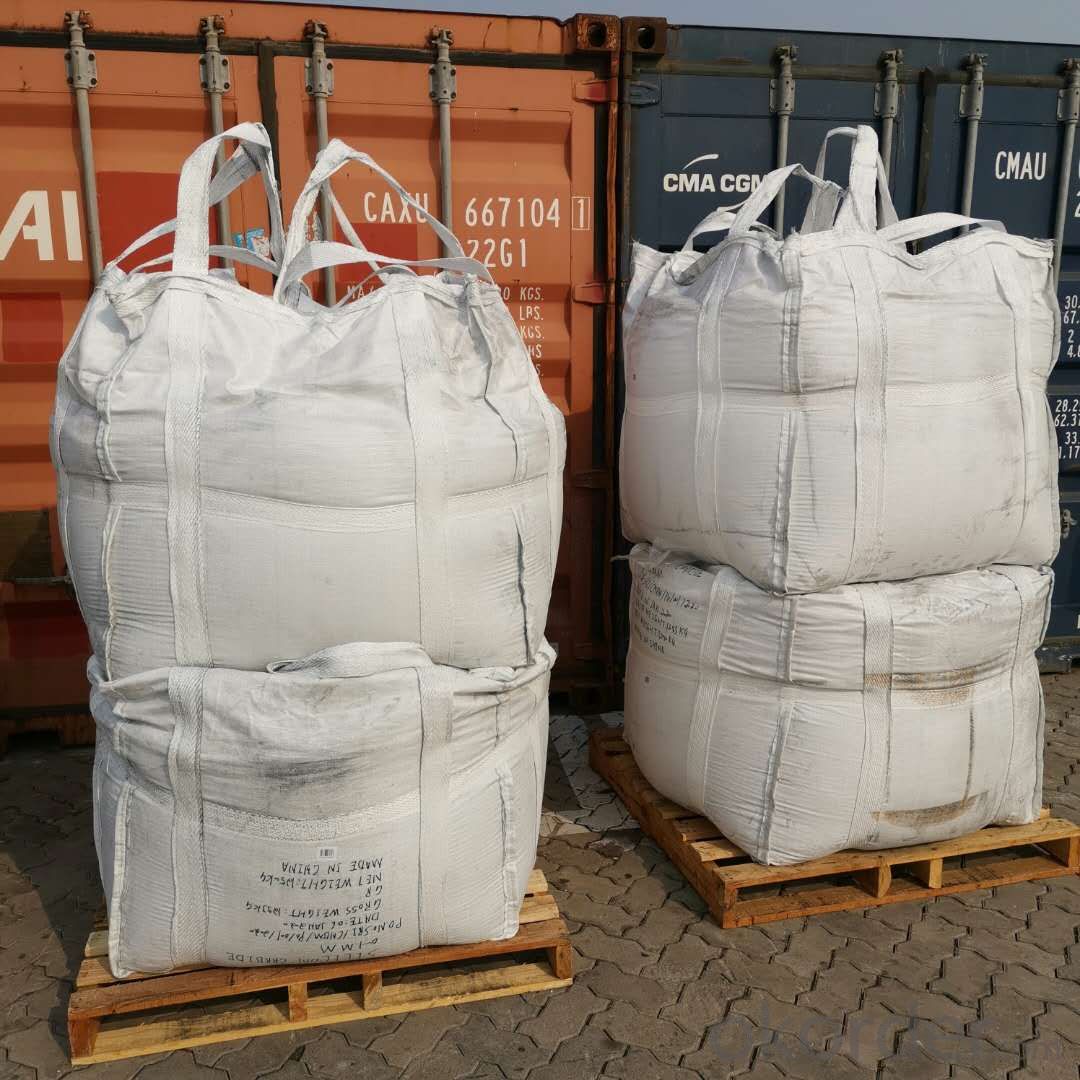
Description:
DBM- dead burnt magnesia is produced using selected natural magnesite that is purified and is calcined in a shaft kiln.The final product is used for electric furnace floors and furnace liner tamping.
high temperature performance and high-density, strong anti-permeability ability and easy to rapid sintering, very thin sintered layer,good thermal shock stability, strong slag-resistance, long service life and so on.
Application:
Refractory ,Magnesia-carbon brick,Steel-making,Ceramic
- Q: What are the applications of refractory busway?
- Fire-resistant busway has excellent insulation property, and it can not only be used continuously in a normal environment, but also be used continuously when catching fire for more than one hour. It can be used in high buildings and important facilities in replace of fire-resistant cables to transmit and distribute electricity.
- Q: who knows the requirements of refractory for forge furnace?
- Requirements are as follows: 1, it should have enough refractoriness and softening point under a fixed load. Because under the effect of electric arc, inner surface temperature in different parts of furnace lining can reach 1500 ~ 1800 ℃. 2, it should have strong slag resistance. Because slag and smoke at high temperature penetrate through furnace lining to its internal lining, causing the melting of refractory, organization stratification, and even peeling?off. 3, it should have good thermal shock resistance. Because in the process of steelmaking, openning the oven door and lifting the furnace lid will make temperature of refractories in the furnace lining change rapidly, it might happen peeling?off and cracking, causing the premature failure of furnace lining. 4, it should have sufficient strength, because the furnace lining will be shocked when being loaded, vibrated when being tilted, scoured by metals,molten slag and air flow when boiling. 5, smaller thermal conductivity, lower electrical conductivity. Commonly used refractories for electric furnace include magnesia bricks, dolomite brick, high alumina refractory brick, siliceous refractory brick and magnesite ramming material,etc. owing to the different work environment of each part of the furnace,refractory used by each part is also different.
- Q: What refractories are used in various parts of the blast furnace.
- Blast furnace from top to bottom has the throat, hearth staves, waist, bosh, hearth and furnace bottom. the specific structure is as follows: The throat is the first to be affected by the impact and abrasion, generally use high-density alumina bricks. the upper and central portion of temperature furnace is only 400 ~ 800 ℃, the area with high alumina bricks and silicate bricks. The lower part of furnace is subject to erosion and dust erosion alkali metal vapor due to high temperatures, it is required in such case to use high quality clay brick,high alumina brick,carborundum brick,corundum brick that is slag resistance and alkali?resistance, temperature resustant and wearproof. Furnace bosh temperature reached 1400 ~ 1600 ℃, serverly eroded by slag,vapor, flush. so we use carborundum brick and reaction-bonded silicon?carbide?brick. Bosh temperature reaching1600 ~ 1650 ℃, using alumina brick, corundum brick or silicon carbide brick. the temperature of Hearth near the upper portion of the outlet zone at 1700 ~ 2000 ℃, use of silicate bricks and corundum castable graphite filler, silicon carbide bricks. In 1450 Silly twitch bottom temperature sealing die of hunger slander bet phoenix astringent preserved Grade ~ 1500 ℃, use of graphite bricks and microporous carbon bricks, now use more corundum brick, corundum mullite brick and synthetic mullite brick. x26lt;P class x3d "share-btn"x26gt;
- Q: What are fireproofing materials?
- Class A incombustible material: Granites, marbles, terrazzos, cement products, concrete products, plasterboards, clay products, glass, tiles, mosaics, steel, aluminum, copper alloys; B1 class flame nonflammable materials: Ceiling materials: gypsum plaster boards, fibrous plasters, cement particle boards, mineral wool decorative acoustic panels, glass wool decorative acoustic boards, perlite decorative acoustic boards, flame retardant plywoods and medium density fiberboards, rock wool decorative panels, flame retardant woods, aluminum foil composite materials, flame retardant phenolic laminates, aluminum foil glass fiber reinforced plastic composite materials; Wall covering: gypsum plaster boards, fibrous plasters, cement particle boards, mineral wool boards, glass wool boards, perlite boards, flame retardant plywoods, flame retardant medium density fiberboards, fireproof plastic decorative plates, nonflammable double-sided particle boards, multicolor paints, nonflammable wallpaper and textile wall cloth, flame retardant simulated granite decorative plates, magnesium oxychloride cement prefabricated wall panels, flame retardant glass fiber reinforced plastic plates, PVC plastic clapboards, high-strength and lightweight composite wallboards, fire-retardant molded wood composite boards, flame retardant colored artificial boards, nonflammable glass fiber reinforced plastics, etc.
- Q: What is the material of fire resistant glass reinforced plastics grating?
- What is the material of fire resistant glass reinforced plastics grating?
- Q: Is aluminium oxide refractory material?
- Calcination aluminium oxide is refractory material of fine performance made from pure aluminium oxide through high-temperature calcination. It can be made into coarse-grained material, fine-grained material, fine powder and micro powder, which can be made into pure jade burnt products. For example, corundum brick, lightweight corundum bricks. It can also be made into a variety of unburning products together with other materials, such as carbonaceous materials. For example, aluminum carbon and aluminium zirconium carbonaceous materials. As for the production of unshaped refractory material, there are more species. It can be corundum, rubing grain, corundum spinel and can also be added into other materials to improve specific performance. It isn't limited to high-alumina castable refractory and it can be castable refractory, ramming?mass, impressionable plastic material, gunning mix and refractory mortar.
- Q: How can the furnace be replaced after the gasifier or water wall is replaced with refractory material?
- The furnace shall be made according to the type of refractory and the moisture content and the type of bond. Pay special attention to the discharge of free water and crystalline water, not too fast to prevent cracks!
- Q: What are grades of refractory materials?
- Refractories have lots of varieties which all have different purposes. It is necessary to classify refractories scientifically in order to scientifically study, choose and manage them. Classification methods of refractories include chemical properties classification, chemical composition of mineral classification, manufacturing technique classification, morphology of the material classification. 1 divided according to the level of refractoriness: ordinary refractory materials: 1580 ℃ ~ 1770 ℃, advanced refractories: 1770 ℃ ~ 2000 ℃ and super refractories: above 2000 ℃ 2, divided in accordance with shapes and sizes : Standard ones: 230mm × 113mm × 65mm, no more than four ruler.
- Q: Which refractory is better for building 1500 degree kiln ?
- The top and wall use alumina hollow ball brick. If it is cubic kiln, the kiln bottom should use heavy corundum brick. If it is continuous kiln, burning zone should use alumina hollow ball brick, burning zone seal and kiln car face brick. If it is pit furnace, curved seal should use heavy corundum brick, and furnace wall and top should use alumina hollow ball brick. That depends on what kind of kiln it is. Curved seal and kiln car should use heavy corundum brick. You can add me friends to have further talks.
Send your message to us
Dead Sintered Magnesite High Grade for Refractory Bricks
- Loading Port:
- China main port
- Payment Terms:
- TT or LC
- Min Order Qty:
- 25 m.t.
- Supply Capability:
- 1000 m.t./month
OKorder Service Pledge
OKorder Financial Service
Similar products
Hot products
Hot Searches
Related keywords
